Morocco Regional Investment: Investment in Tourism & Renewable Energy
CRI of Oriental, Director, Driss Moulay Rachid
all efforts have been made in order to attract investments in 3 sectors:
1) renewable energies;
2) agro-industry;
3) tourism.
Interview with Driss Moulay Rachid, Director of CRI of Oujda ( Principal Regional Investment Centre in Oriental Region)
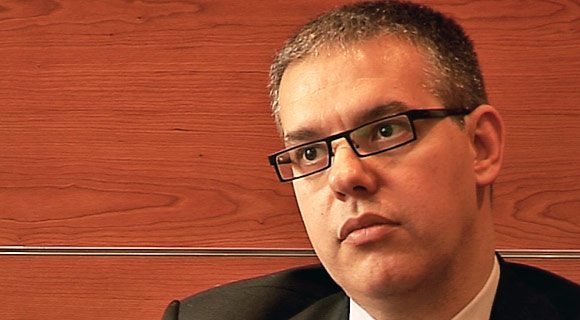
What is the Oriental region’s situation? What kind of investment does it attract?
It is Marocco’s second biggest region: 80’000 km2 and 2 million inhabitants. It has long been considered a remote region due to its border location. A royal initiative changed that. Since then, all efforts have been made in order to bring the region up to speed in 3 sectors: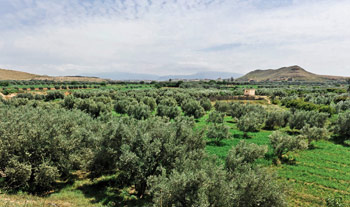
1) renewable energies;
2) agro-industry;
3) tourism.
Renewable energies, and particularly photovoltaics with the solar thermal combined-cycle power plant in Ain Beni Mathar. It currently produces 20MW. Also, as part of Morocco’s Solar Plan, a 450MW power plant was created, and we will call for bids by the end of the year (just after that of Ouarzazate has called for bids).
Oujda’s high technology park is dedicated to renewable energies. The park will soon span 492 hectares. So far 107 hectares are operational, and they are divided into
4 sections:
a) a clean technology free zone, dedicated to clean energies; 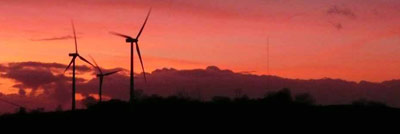
b) a logistics section, made to accompany new investors and industrialists in the region;
c) an offshoring section, dedicated mainly to BPO;
d) and a retail park.
all efforts have been made in order to attract investments in 3 sectors: 1) renewable energies; 2) agro-industry; 3) tourism.
It is the new concept of integrated industrial platform free zones of the Plan Emergence. We have also planned out the creation of a 20 hectares wide “knowledge campus” in collaboration with universities and engineering schools, as well as education experts (Office of Professional Training, Employment Promotion Agency), as we will provide flexible training courses adapted to the investors’ specific needs in terms of human resources.
In addition to this, a cluster for research and development will be created thanks to public-private partnerships, particularly dedicated to solar energy. It is also important to note that a 150MW windmill park has been created 150km away from Oriental.
The National Office of Electricity has required that the companies investing in the windmill park install their factories in the technology park of Oujda. Investment in the technology park is expected to go up to 5 billion dirhams, and about 5000 jobs are expected to be created. Out of the 70 lots to let, 20 have already been allocated. 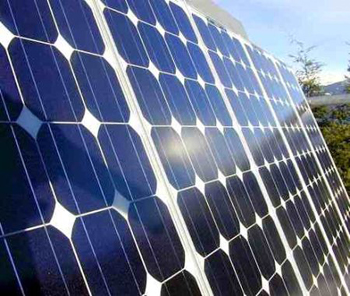
What kind of investment are you looking for?
We are looking for 2 kinds of investors:
1) renowned (large) )investors;
2) SMEs.
The Ministry’s strategy is to create what they dubbed “aircraft carriers”: mini-clusters formed by various SMEs revolving around one leading company. We are in contact with very big investors in the field of photovoltaics (particularly cells manufacturing and components assembling) as well as windmill energy. We are in contact with Saint-Gobain for glass manufacturing, and 2 investors – one Japanese, one German – for cells manufacturing. But what matters most to us is the creation of jobs and wealth through SMEs. They are the ones we are making the most efforts to attract.
We are interested in any SME somehow involved with solar panel manufacturing or windmill manufacturing, whether it be glass manufacturers, windmill engines manufacturers or packing materials manufacturers. We don’t need them to invest very important amounts: all 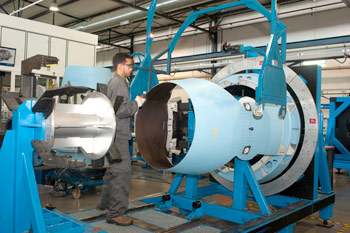 SMEs put together will produce very good results as a whole. In the clean tech sector, we have been allocated a 400 million dirham fund to support SMEs. Also, the Energy Investment Society can make 1 billion dirhams available to us through portfolio investment.
SMEs put together will produce very good results as a whole. In the clean tech sector, we have been allocated a 400 million dirham fund to support SMEs. Also, the Energy Investment Society can make 1 billion dirhams available to us through portfolio investment.
How profitable is it for investors?
There are 2 variables:
1) opportunities within the local market, influenced by Morocco’s “Energy Plan” aiming for a 2000MW production in both the solar sector and the windmill sector.
2) The international market. Foreign investors are invited to expand their activities to our region, particularly those benefiting from free trade agreements (US, Canada, EU, Turkey, etc).
Their production can then be re-exported. We offer them all the infrastructure facilities needed for them to develop their activities. This is interesting for those who are not able to do so in their own country.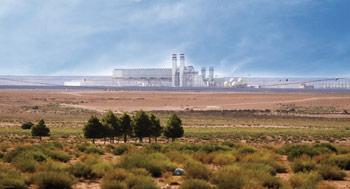
Could you give us concrete examples?
We are in contact with an important Portuguese firm specialized in the windmill sector. They are interested in expanding into the Moroccan market as well as the European market. We welcome investment particularly in the field of components manufacturing.
Of course there is the possibility to export the energy itself, and Morocco has signed a contract with TransGreen in this purpose. However, the high tech park of Oujda was made specifically for the industrial manufacturing of components necessary to the production of clean energies, to be re-exported to Europe, the US, Canada, etc.
There are other technology clusters in Morocco, in Tanger for example; but they are not a threat as the park in Oujda is specifically dedicated to clean energies, and attracts all investors in this field. 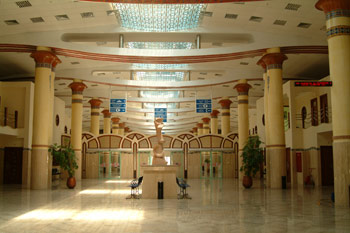
How is the Oriental region more privileged than other clean energy hubs, such as Turkey?
Firstly, we have a geostrategic advantage due to Morocco’s location, near the Mediterranean and Europe. It is a place for transit. The combined-cycle (using gas and solar energy) power plant of Ain Beni Methar uses gas that is transferred from Algeria to Spain through a pipeline. We have signed agreements with both countries for energy import and export. We try to make the best of this strategic situation. Secondly, our strategy is planned out and we are already active.
Our local market already exists. And thirdly, we benefit from numerous agreements with Europe. We have also put a lot of resources into promoting our region and attracting foreign investment. I believe we have everything it takes for us not to be afraid of competitiveness. Next week we will be attending a forum called “French Moroccan Forum on Renewable Energies”, which proves that we are already recognized in that field. When the power plant of Ouarzazate called for bids, 21 groups made an offer. They came from China, Japan, France, US, Morocco, Spain, Australia.
What about agro-industry?
The sector of agro-industry is developing through the 100 hectares agro-industrial park of Berkane. It is a result of the Plan Emergence as well as the Green Plan. 70 hectares will be operational in June. It is divided into 3 main sectors:
a) agro-industrial production
b) logistics
c) education and training.
32’000 hectares of irrigated land are to be added to it as part of the Green Plan. The area is however already known for its fertility, and particularly its clementine. 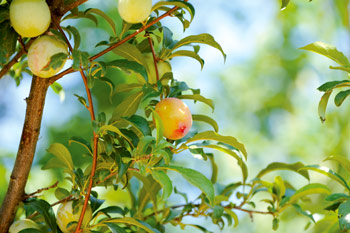
The challenge laid in the fact that the processing of the products was done in other regions, so Oriental didn’t benefit from their value added. The main aim of the agro-industrial zone of Berkane is to remedy that, in order for the region to directly export its products.
The port of Nador is important for export. We have 2 projects: improving logistics within the already existing port of Nador; and building the port of Nador West Med dedicated to oil export and particularly liquefied gas export. More than 12 billion dirhams have been allocated to the latter. The port region benefits from very deep sea. According to many surveys, the port of Nador will be immediately considered by shipowners as soon as the region is ready to export its products.
What are your current needs in the agro-industry sector?
There are numerous important local producers scattered in the region. We want to group them together in the same area in order to reduce costs and add value to the products directly. Investment is welcome in sectors that add value to the products, such as food processing. We noticed that our clementine production is exported, and then comes back to us from Spain after having been transformed into juice. The potential for development in this sector seems quite obvious.
What about tourism?
Of course tourism is very important for the region. We distinguish 2 types of tourism:
1) sea tourism;
2) backcountry tourism (with Figuig, Europe’s closest oasis, for example).
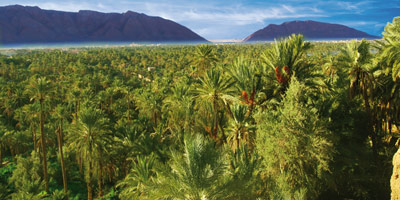
Tourists can swim in the sea in the morning, and wander in Figuig’s palm grove in the evening. 1 out of the region’s 3 gulfs is already open.
The first seaside resort of the Plan Azur (for tourism) was created in our region in Saidia. It is 713 hectares wide and 12 billion dirhams were invested in its creation. It has about 30’000 beds – 10’000 of which are ready to use. 3 five-star hotels are already open, and 6 others are under way.
Iberostar owns one of the hotels, Globalia manages a hotel on behalf of an investment fund, and Barcelo manages the biggest hotel so far (900 rooms and 13 hectares) on behalf of H Partners. These groups are all Spanish. 50% of our tourists are Spanish. The Saidia resort has gone from being ranked last to being ranked 6th in the country in one year.
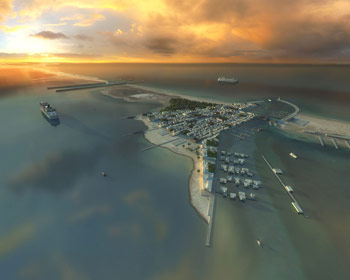
Another project was launched last year by the King, concerning the MarChica. It is a lagoon that measures 24km by 7. The project is to create 7 cities around it. An agency created just a few months ago is in charge of this project. 46 billion dirhams have been invested in it. The first city will be operational by the end of 2012.
We are putting particular emphasis on the development of tourism in the region’s backcountry: ecotourism, agrotourism, culture tourism. In Taforalt, a relatively ancient prehistoric man has been found, and there are beautiful caves. We are working on plans to exploit the backcountry’s potential with the SMIT (Moroccan Tourism Engineering Company).
Have surveys been carried out regarding the region’s potential for investors?
Of course a lot of surveys have been carried out. But tourism is an ever-changing sector. Investors always need to carry out new surveys and examine themselves a situation, and we offer all the transparency they need for that. 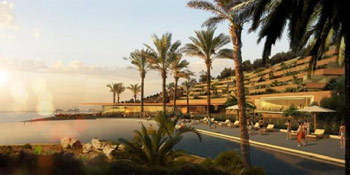
What is your vision of the region in 5 years?
As I said before, Oriental is near the Algerian border. So far, our strategy has completely neglected that aspect. We want the region’s population to have faith in its potential. They have been told for many years that there was none, and the region has been isolated. We want the recent and future development to improve quality of life in the region.
But this border will open someday; and then Oriental will be at the center of the Maghreb. We must become competitive in the region before that happens. The region’s potential can make it become one of Morocco’s most important regions.
Between 2005 and 2011, the region attracted about 110 billion dirhams – 12 billion euros. 50% of public investment and 50% of private investment. Until 2009, investment was 50% Moroccan and 50% foreigner. 80% of foreign investment was Spanish. Spanish investment has decreased since the crisis and we have re-oriented to other markets, particularly 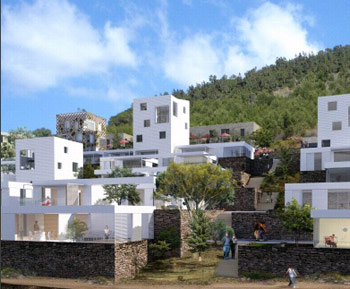 European and Asian.
European and Asian.
Of course we encourage Moroccan expatriates to invest in their region, but we particularly encourage SMEs, as we believe it is them who will significantly change the region’s situation. Well, of course “aircraft carriers” are most welcome too.